- Author: Lauren E. Parker, USDA Climate Hub
- Author: Tapan Pathak, UC Cooperative Extension specialist
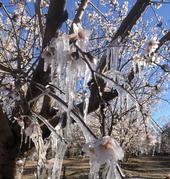
CalAgroClimate web tools help farmers prepare for frost events
A cold snap damaged almond blossoms across the Central Valley, resulting in more than $44 million in crop insurance claimsin late February 2018. A multi-day frost event wiped out roughly 75% of California's
- Author: Pamela Kan-Rice
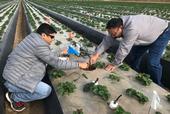
To help California farmers and ranchers adjust to uncertain weather and climate events, the USDA National Institute for Food and Agriculture has awarded $1.5 million to a team of scientists led by UC Agriculture and Natural Resources. The project is one of six projects funded by USDA NIFA's $9 million investment to expand adoption of climate-smart practices.
“The Cooperative Extension system and the USDA Climate Hubs have unmatched capacity to reach agricultural, Tribal and underserved communities, as well as educators and students, and our...
- Author: Jeannette E. Warnert
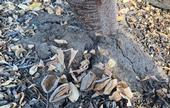
Outsized wildfires, rising sea levels and disappearing glaciers are dramatic signs of climate change, but not the only ones. New UC Agriculture and Natural Resources research provides forewarning of a change that will be economically and environmentally costly to California – a fifth generation of navel orangeworm, the most destructive pest of almonds, walnuts and pistachios.
Navel orangeworm (NOW) will be more problematic in the future because of warming temperatures, UC Cooperative Extension scientists report in Science of the Total Environment.
- Author: Jeannette E. Warnert
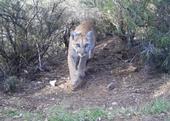
Californians received bleak news last month when the state released its fourth assessment of climate change in California. The report predicts severe wildfires, more frequent and longer droughts, rising sea levels, increased flooding, coastal erosion and extreme heat.
“It's great to be living in a state where science and facts around climate change are valued,” said UC Cooperative Extension specialist Adina Merenlender, “but the recent forecasts may make you want to devour a quart of ice cream in a pool of salty tears.”
Modern civilization has changed the world climate, and even dramatic reductions in...
- Author: Jim Downing
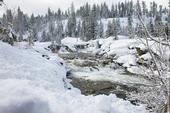
UC Cooperative Extension researchers convey need for more climate change communication and curriculum tools
Reducing greenhouse gas emissions from natural and working lands is one of California's key climate change strategies. In particular, the potential for farm and rangeland soils to serve as carbon sinks has been getting a lot of attention lately in the national media — and during California Healthy...



